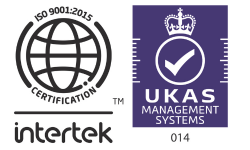The method of paying income tax and national insurance contributions that we all know, PAYE (Pay-as-you-earn) was implemented during WWII as a way to collect more tax from more individuals during a period of financial stress for the government.
Instead of paying a lump sum each year, PAYE allows employees to pay tax and insurance each time they are paid. Employers are responsible for deducting these tax and insurance payments from employee wages (or pensions) before paying employees each month. The PAYE system is also used to collect tax on other taxable income such as retirement pensions, untaxed interest, rent, overpaid tax credits, and more.
HM Revenue and Customs (HMRC) uses tax codes to let employers know how much tax should be deducted from wages. The codes include a letter that indicates birth year and tax allowances, and the number in the tax code represents the total of available allowances (less amounts deducted to cover other benefits or income). Understanding these tax codes is helpful to ensure payroll taxes are properly deducted from employee wages. If an employee has a change in circumstances during the year, it is important to notify HMRC as soon as possible to avoid any penalties.
A payroll company can assist with tax codes, payments to HMRC, and other payroll requirements is important to ensure compliance. Trying to manage all of the tax and payroll nuances can be challenging for in-house accounting to keep up with, and with updates to tax codes and regulations each year, employee payroll can get more complex. Partnering with a payroll company can reduce your risk and ensure your employees are paying the correct amount of tax each year and eliminate errors or re-work.












